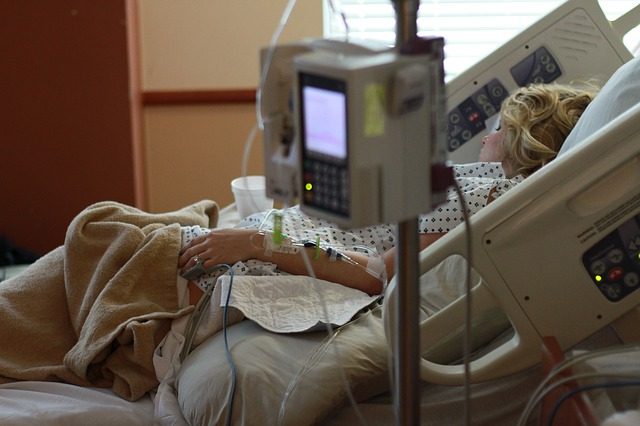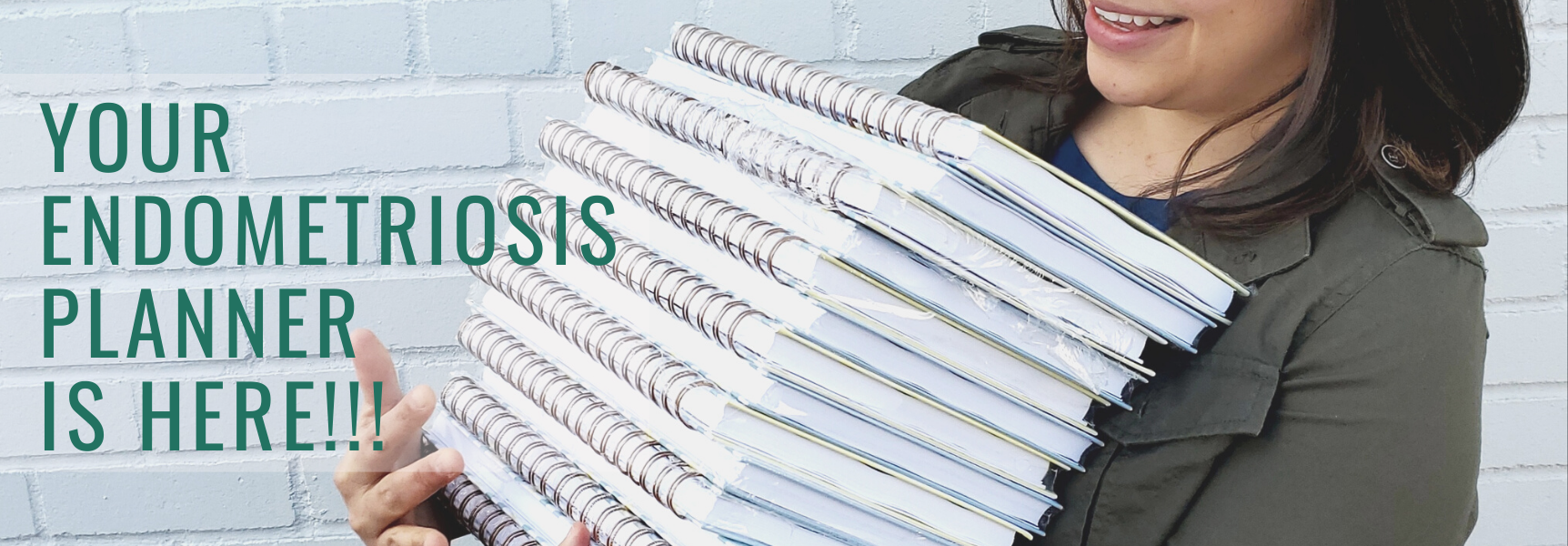Exercising with endometriosis can leave some people in pain for days. But this does not have to be the case!
In this 5-part series, I have covered the many aspects of estrogen dominance and how we can address an estrogen dominant body. So, it should come as no surprise that exercise must be included in this discussion.
Now, don’t tune me out just yet! I know that getting regular exercise with endometriosis is difficult when pain is severe and management of that pain is almost non-existent. But hear me out.
Exercise and Estrogen Levels
When it comes to published literature and research, we can find thousands of studies related to estrogen and breast cancer. But, unfortunately, not as many when it comes to endometriosis. However, the concepts remain the same. Because the fact is, estrogen-dominance can lead to poor outcomes in both breast cancer and endometriosis.
Simply put, of the many breast cancer studies that have been done, researchers have found that regular exercise leads to decreased estrogen levels (1). Therefore, it is safe to assume the same principal can be applied to endometriosis. We must get up and move our bodies to help rid it of excess estrogen!

Exercising with Endometriosis
The problem is, many endo warriors find it difficult to adhere to a consistent workout regimen. This is because many options can be high intensity and high impact, that leads to stress on our already inflamed bodies. For many, exercise can induce a flare in symptoms that leaves you in pain for days.
But this does not have to be the case! Everyone has the ability to move their body in a way that doesn’t trigger a flare. In this post, I will cover 4 tips that will help you move your body more.
1.Give yourself some grace!
First off, it’s important that you recognize that you must not compare your progress to others. Doing so can lead you to become discouraged and unwilling to do what your body so longingly needs.
Be gracious with yourself and give yourself credit for any step in the right direction . . . no matter how small.
2.Modify! Modify! Modify!

No matter what you try, whether it be yoga, swimming, cardio, or walking, you will have to modify the moves/activity. And that’s okay! You don’t need to push yourself to keep up with the other people in your class, or the friends who are lifting heavier weights than you. At the end of the day, moving your body in any type of way is beneficial.
Maybe this means you do less repetitions, or less laps in the pool, or squats that aren’t so low. No matter what it is that you choose to do, listen to your body and take breaks when necessary.
3.Try something new.
If running has always been your vice, but it now causes you to be in pain, try another form of cardio, like swimming or cycling. If you loved to do Crossfit, but can no longer tolerate the high impact moves, try rock climbing. If you were all about Pilates, but can no longer take all the repetitive core work, try yoga (there are many different variations of yoga).
The point is there will always be an alternative to your favorite workout regimen. One that works all the same major muscles, but with less impact. And if you have never been physically active, start by going for walks daily or every other day.
4.Remember your WHY.
I will be the first to admit that I have been slacking when it comes to working out. And this is due to a fear of causing a flare; so I get it! But this year I will be having surgery and I am not taking that lightly; surgery is a BIG DEAL!

As a nurse, I have seen how a patient’s physical status pre-surgery can affect their body post-surgery. And so, this year I have committed to doing barre, a low-impact/high-intensity workout that acquired its roots from ballet. My goal is to regain some stamina, decrease fatigue, and increase muscle mass.
I know that doing this consistently will improve my overall outcomes with pain and recovery. Essentially, I am doing this so that my body and mind have every fighting chance as I go into and come out of surgery. And that is my why. You must come up with your own. But be sure its specific, realistic, and that it has a true meaning to you and you alone.
Additional Notes on Estrogen Dominance
Lastly, I’d like to point out a new concept while still on the topic of estrogen dominance. This series was started because so many people with endo are found to be estrogen dominant, and because much of the literature can agree that endometriosis is an estrogen dominant disease.

However, endometriosis does not always present with estrogen dominance. In fact, some people may have progesterone dominance, due to the fact that endometriosis lesions can create their own hormones. That being said, it is best have your physician test your hormone levels to see where you fall on the spectrum.
But regardless of where you fall, exercise will always be beneficial to your overall health and outcomes. So, do what you can and find what works for you.
Estrogen Dominance: A 5-part Series
If you would like to read my previous posts regarding estrogen dominance, then click here. And stay tuned for our final post of this 5-part series, which will cover environmental estrogens to avoid.
This post is adapted from a post that I wrote for the American End of Endo Project.

- Study: Aerobic exercise lowers estrogen levels in premenopausal women at high risk for breast cancer (2015). Retrieved from https://www.facingourrisk.org/XRAYS/exercise-and-estrogen-in-high-risk-women


